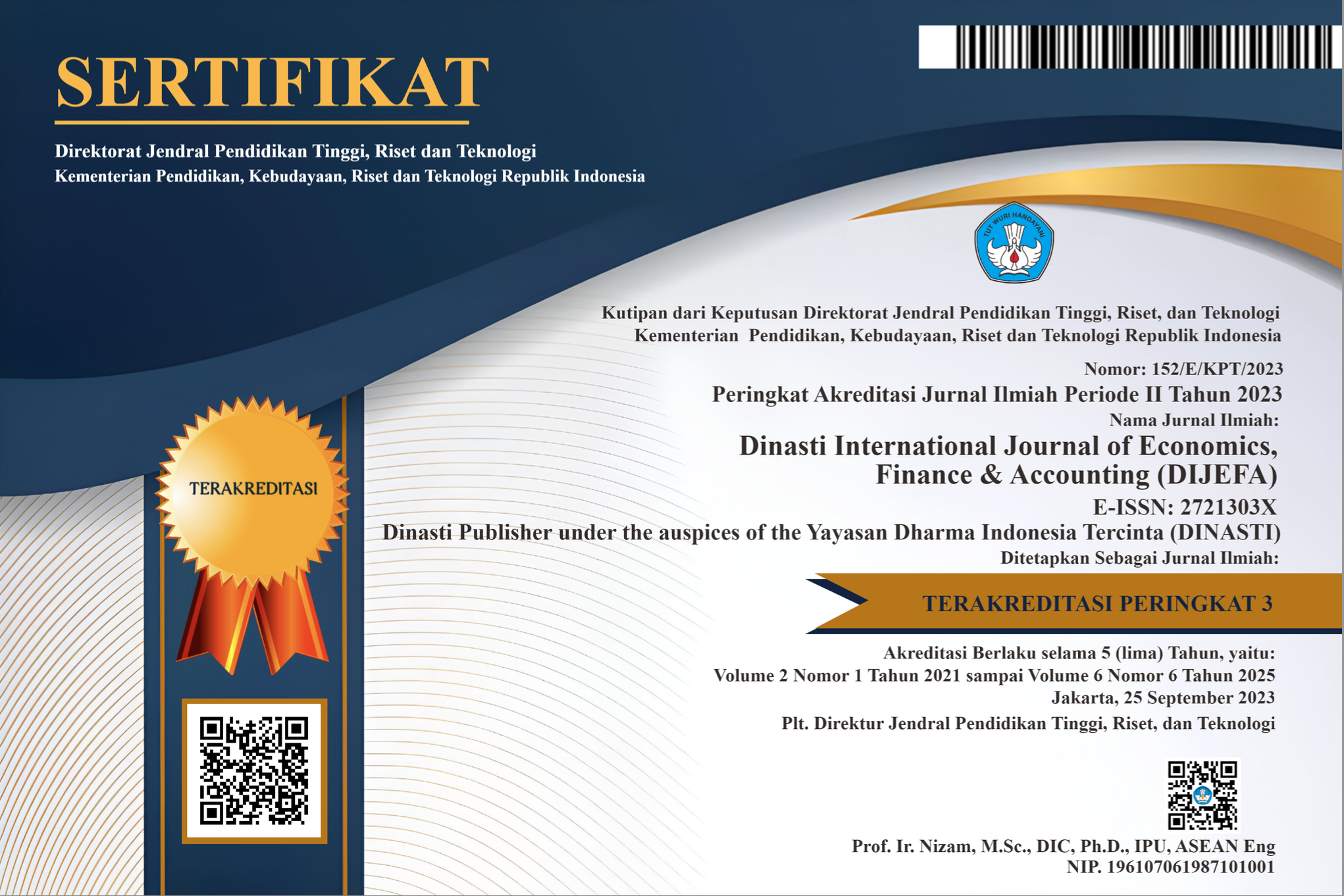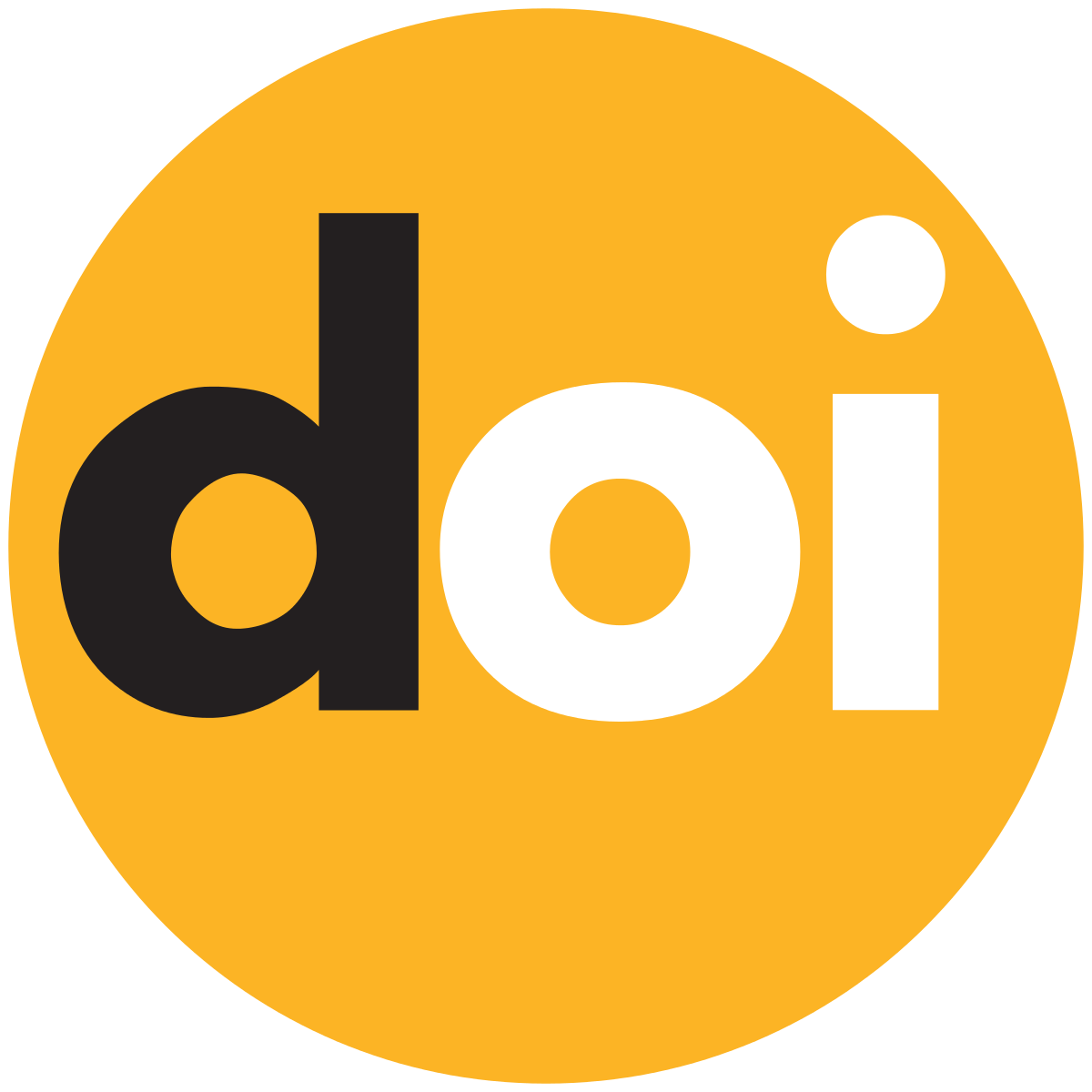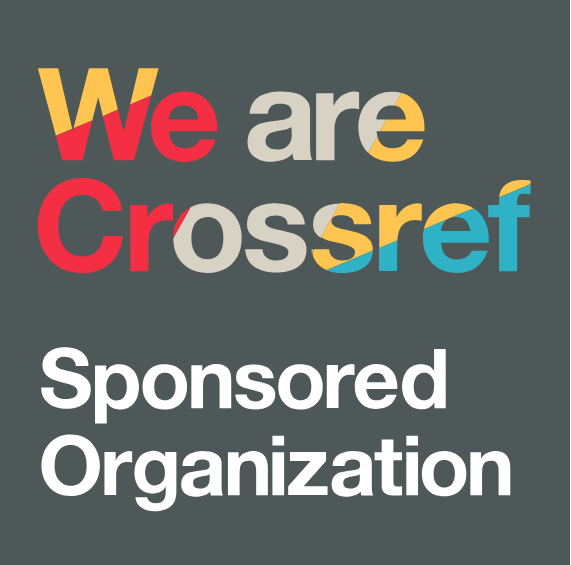Does intellectual capital determine the firm's investment efficiency? Evidence from Indonesia
DOI:
https://doi.org/10.38035/dijefa.v5i4.3150Keywords:
Capital Employed, Human Capital, Investment Efficiency, Structural CapitalAbstract
Companies now recognize that success depends not only on physical assets but also on effectively utilizing intangible assets like intellectual capital to outperform competitors. In other hand, achieving the most effective investment decisions is a core concern in corporate finance and a primary objective for management in a company. However, uncertainty of outcome and a lack of measurement metrics often lead to inefficient investments. This study intends to assess the relationship between intellectual capital (IC) on investment efficiency (IE). The data is processed using panel data regression on non-financial public companies in Indonesia with an observation period of 2010-2023. Our analysis discovered that the human capital (HCE) of a firm statistically has a significant positive impact on investment efficiency. Second, the capital component (CEE) is negatively affecting investment efficiency. At the same time, no relationship was found between structural capital and investment efficiency.
References
Abdulsalam, F., Al-Qaheri, H., & Al-Khayyat, R. (2011). The Intellectual Capital Performance of KuwaitiBanks: An Application of vaicTM1 Model. IBusiness, 03(01), 88–96. https://doi.org/10.4236/ib.2011.31014
Abel, A. B. (1983). Optimal Investment Under Uncertainty (Vol. 73, Issue 1).
Ahmed, B., Akbar, M., Sabahat, T., Ali, S., Hussain, A., Akbar, A., & Hongming, X. (2020). Does Firm Life Cycle Impact Corporate Investment Efficiency? Sustainability, 13(1), 197. https://doi.org/10.3390/su13010197
Barney, J. (1991). Firm Resources and Sustained Competitive Advantage. Journal of Management, 17(1), 99–120. https://doi.org/10.1177/014920639101700108
Bayraktaroglu, A. E., Calisir, F., & Baskak, M. (2019). Intellectual capital and firm performance: an extended VAIC model. Journal of Intellectual Capital, 20(3), 406–425. https://doi.org/10.1108/JIC-12-2017-0184
Bonsi, R., Gnyawali, D. R., & Hammett, A. L. (n.d.). Achieving Sustained Competitive Advantage in the Forest Products Firm: The Importance of the Resource-Based View. Journal of Forest Products Business Research, 5. http://legacy.forestprod.org/jfpbr/jfpbr-a26.asp
Bontis, N. (1998). Intellectual capital: an exploratory study that develops measures and models. Management Decision, 36(2), 63–76. https://doi.org/10.1108/00251749810204142
Chang, X., Fu, K., Low, A., & Zhang, W. (2015). Non-executive employee stock options and corporate innovation. Journal of Financial Economics, 115(1), 168–188. https://doi.org/10.1016/j.jfineco.2014.09.002
Chen, F.-C., Liu, Z.-J., & Kweh, Q. L. (2014). Intellectual capital and productivity of Malaysian general insurers. Economic Modelling, 36, 413–420. https://doi.org/10.1016/j.econmod.2013.10.008
Chen, M., Cheng, S., & Hwang, Y. (2005). An empirical investigation of the relationship between intellectual capital and firms’ market value and financial performance. Journal of Intellectual Capital, 6(2), 159–176. https://doi.org/10.1108/14691930510592771
Clarke, M., Seng, D., & Whiting, R. H. (2011). Intellectual capital and firm performance in Australia. Journal of Intellectual Capital, 12(4), 505–530. https://doi.org/10.1108/14691931111181706
Drucker, P. F., & Alum, R. A. (1986). Innovation and Entrepreneurship: Practice and Principles. https://about.jstor.org/terms
Dyer, J. H., & Singh, H. (1998). The Relational View: Cooperative Strategy and Sources of Interorganizational Competitive Advantage. The Academy of Management Review, 23(4), 660. https://doi.org/10.2307/259056
Edvinsson, L., & Malone, M. S. (1997). Intellectual Capital: Realizing Your Company’s True Value by Finding Its Hidden Brainpower. Harper Business.
Fama, E. F., & French, K. R. (1993). Common risk factors in the returns on stocks and bonds. Journal of Financial Economics, 33(1), 3–56. https://doi.org/10.1016/0304-405X(93)90023-5
Fazzari, S. M., Hubbard, R. G., & Petersen, B. C. (1998). Financing Constraints and Corporate Investment.
Grant, R. M. (1996). Toward a knowledge?based theory of the firm. Strategic Management Journal, 17(S2), 109–122. https://doi.org/10.1002/smj.4250171110
He, K., Chen, W., & Zhang, L. (2021). Senior management’s academic experience and corporate green innovation. Technological Forecasting and Social Change, 166, 120664. https://doi.org/10.1016/j.techfore.2021.120664
Hottenrott, H., & Peters, B. (2009). Innovative Capability and Financing Constraints for Innovation More Money, More Innovation? SSRN Electronic Journal. https://doi.org/10.2139/ssrn.1547083
Huang, C.-C., & Huang, S.-M. (2020). External and internal capabilities and organizational performance: Does intellectual capital matter? Asia Pacific Management Review, 25(2), 111–120. https://doi.org/10.1016/j.apmrv.2019.12.001
Iftikhar, F., Husnain, M., Munir, Q., & Ali, S. (2023). Does Intellectual Capital Efficiency Matter for Firms’ Investment Efficiency? 2023 International Conference on Sustainable Islamic Business and Finance, SIBF 2023, 183–188. https://doi.org/10.1109/SIBF60067.2023.10380096
Kaplan, R. S., & Norton, D. P. (2004). Measuring the Strategic Readiness of Intangible Assets. www.hbr.org
Lev, B. (1983). Some economic determinants of time-series properties of earnings. Journal of Accounting and Economics, 5, 31–48. https://doi.org/10.1016/0165-4101(83)90004-6
Lev, B. (2001). Intangibles: Management, Measurement, and Reporting. Brookings Institution Press.
Lian, Y., & Weng, X. (2024). ESG performance and investment efficiency. Finance Research Letters, 62. https://doi.org/10.1016/j.frl.2024.105084
Modigliani, F., & Miller, M. H. (1958). The Cost of Capital, Corporation Finance and the Theory of Investment (Vol. 48, Issue 3).
Myers, S. C. (1977). Determinants of corporate borrowing. Journal of Financial Economics, 5(2), 147–175. https://doi.org/10.1016/0304-405X(77)90015-0
Nahapiet, J., & Ghoshal, S. (1998). Social Capital, Intellectual Capital, and the Organizational Advantage. The Academy of Management Review, 23(2), 242. https://doi.org/10.2307/259373
Nonaka, I. (1994). A Dynamic Theory of Organizational Knowledge Creation. Organization Science, 5(1), 14–37. https://doi.org/10.1287/orsc.5.1.14
Petty, R., & Guthrie, J. (2000). Intellectual capital literature review. Journal of Intellectual Capital, 1(2), 155–176. https://doi.org/10.1108/14691930010348731
Pew Tan, H., Plowman, D., & Hancock, P. (2007). Intellectual capital and financial returns of companies. Journal of Intellectual Capital, 8(1), 76–95. https://doi.org/10.1108/14691930710715079
Pham, C. Van, Liu, S. F., & Chen, S. H. (2023). Corporate ESG performance and intellectual capital: International evidence. Asia Pacific Management Review. https://doi.org/10.1016/j.apmrv.2023.12.003
Pulic, A. (1998). Measuring the Performance of Intellectual Potential (IP) in Knowledge Economy. 19th Annual National Business Conference.
Pulic, A. (2000). VAICTM an accounting tool for IC management. International Journal of Technology Management, 20(5/6/7/8), 702. https://doi.org/10.1504/IJTM.2000.002891
Radjenovi?, T., & Krsti?, B. (2017). Intellectual Capital as The Source of Competitive Advantage: The Resource-Based View. Facta Universitatis, Series: Economics and Organization, 127. https://doi.org/10.22190/FUEO1702127R
Reis, A. B., & Sequeira, T. N. (2007). Human Capital and Overinvestment in R&D. The Scandinavian Journal of Economics, 109(3), 573–591. https://doi.org/10.1111/j.1467-9442.2007.00508.x
Richardson, S. (2006). Over-investment of free cash flow. Review of Accounting Studies, 11(2–3), 159–189. https://doi.org/10.1007/s11142-006-9012-1
Romer, P. M. (1986). Increasing Returns and Long-Run Growth. In Source: The Journal of Political Economy (Vol. 94, Issue 5).
Schultz, T. W. (1961). Investment in Human Capital (Vol. 51, Issue 1).
Stein, J. C. (1996). Rational Capital Budgeting In An Irrational World. The Journal of Business, 69(4), 429. https://doi.org/10.1086/209699
Stulz, R. (1990). Managerial discretion and optimal financing policies. Journal of Financial Economics, 26(1), 3–27. https://doi.org/10.1016/0304-405X(90)90011-N
Teece, D. J. (1986). Profiting from technological innovation: Implications for integration, collaboration, licensing and public policy. Research Policy, 15(6), 285–305. https://doi.org/10.1016/0048-7333(86)90027-2
Teece, D. J., Pisano, G., & Shuen, A. (1997). Dynamic Capabilities and Strategic Management. In Management Journal (Vol. 18, Issue 7).
Thien, T. H., & Hung, N. X. (2023a). Intellectual capital and investment efficiency: The mediating role of strategic management accounting practices. Cogent Business and Management, 10(2). https://doi.org/10.1080/23311975.2023.2207879
Thien, T. H., & Hung, N. X. (2023b). Intellectual capital and investment efficiency: The mediating role of strategic management accounting practices. Cogent Business & Management, 10(2). https://doi.org/10.1080/23311975.2023.2207879
Tobin, J. (1969). A General Equilibrium Approach To Monetary Theory. Journal of Money, Credit and Banking, 1(1), 15. https://doi.org/10.2307/1991374
Ul Rehman, W., Saltik, O., Degirmen, S., Ocak, M., & Shabbir, H. (2023). Dynamics of intellectual capital and financial performance in ASEAN banks. Arab Gulf Journal of Scientific Research. https://doi.org/10.1108/AGJSR-12-2022-0287
Wang, Y., & Wang, X. (2024). From ratings to action: The impact of ESG performance on corporate innovation. Heliyon, 10(4). https://doi.org/10.1016/j.heliyon.2024.e26683
Wernerfelt, B. (1984a). A Resource-Based View of the Firm. Strategic Management Journal, 5(2), 171–180. http://www.jstor.org/stable/2486175
Wernerfelt, B. (1984b). A resource?based view of the firm. Strategic Management Journal, 5(2), 171–180. https://doi.org/10.1002/smj.4250050207
Wernerfelt, B. (1984c). A resource?based view of the firm. Strategic Management Journal, 5(2), 171–180. https://doi.org/10.1002/smj.4250050207
Youndt, M. A., Subramaniam, M., & Snell, S. A. (2004). Intellectual Capital Profiles: An Examination of Investments and Returns*. Journal of Management Studies, 41(2), 335–361. https://doi.org/10.1111/j.1467-6486.2004.00435.x
Downloads
Published
How to Cite
Issue
Section
License
Copyright (c) 2024 Siskha Nur Khasanah*, Pan Wei Hwa, Muhammad Saiful Hakim

This work is licensed under a Creative Commons Attribution 4.0 International License.
Authors who publish their manuscripts in this journal agree to the following conditions:
- The copyright on each article belongs to the author(s).
- The author acknowledges that the Dinasti International Journal of Economics, Finance & Accounting (DIJEFA) has the right to be the first to publish with a Creative Commons Attribution 4.0 International license (Attribution 4.0 International (CC BY 4.0).
- Authors can submit articles separately, arrange for the non-exclusive distribution of manuscripts that have been published in this journal into other versions (e.g., sent to the author's institutional repository, publication into books, etc.), by acknowledging that the manuscript has been published for the first time in the Dinasti International Journal of Economics, Finance & Accounting (DIJEFA).


























































